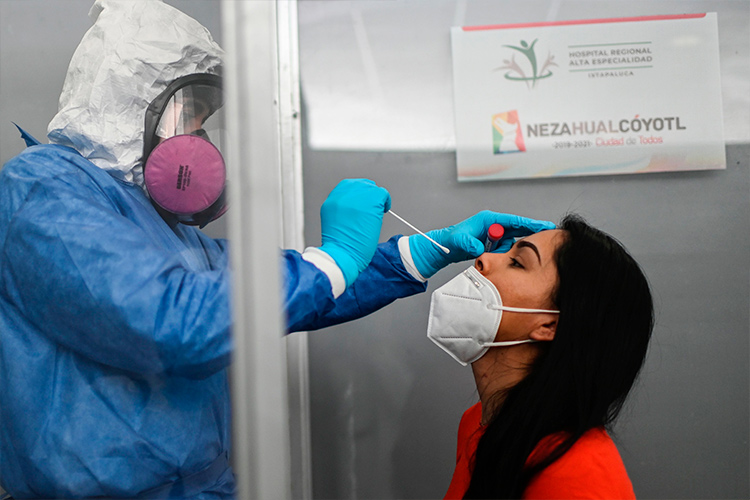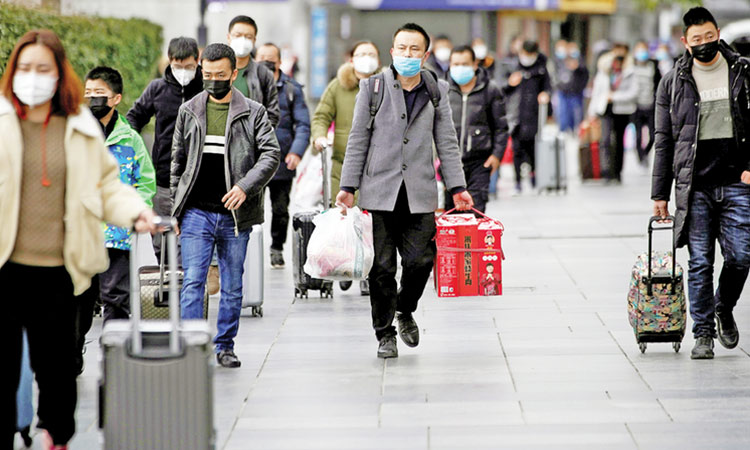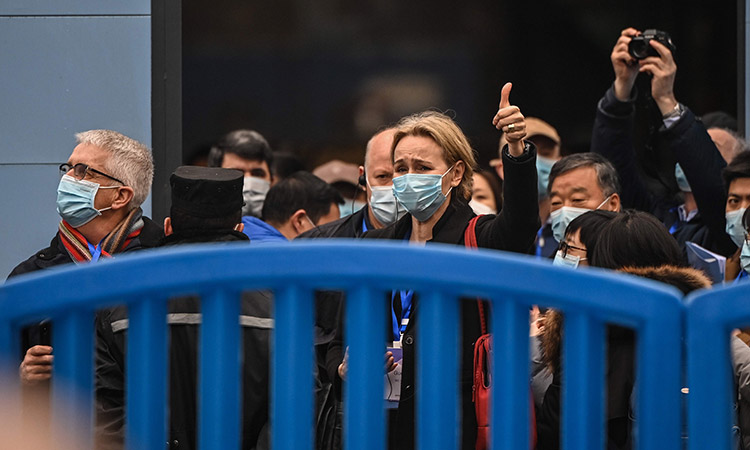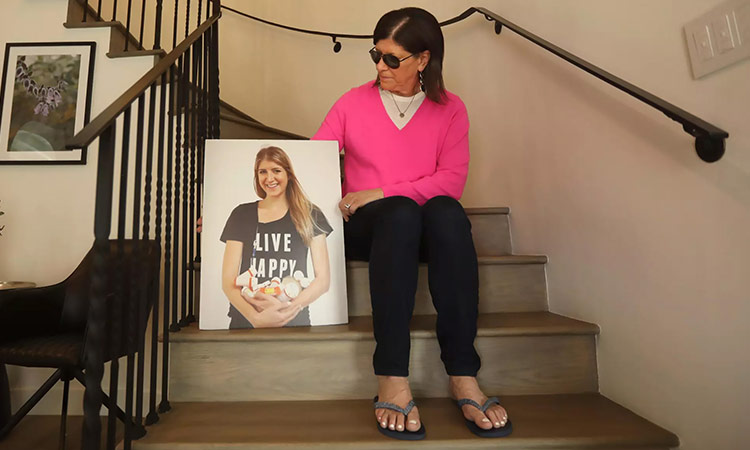Too little too soon

Michael Jansen
The author, a well-respected observer of Middle East affairs, has three books on the Arab-Israeli conflict.

Anthony Fauci
Although I am a political scientist rather than an epidemiologist, I have recently read a great deal on the internet about the coronavirus and its behaviour. On April 30, the Guardian carried an article by Robin McKie, its science editor, who described Covid-19 as “a spiky ball of genetic material coated in fatty chemicals called lipids, and which measures 80 billionths of a metre in diameter.” The virus replicates in the living cells of an infected organism.
Contradicting the current occupant of the White House Donald Trump who claims it was made in a Chinese laboratory in Wuhan, China, McKie argues it evolved naturally from bats which have powerful immune systems and was transferred to another animal species. He suggested a pangolin which came into contact with humans.
It is not clear exactly when or where the virus emerged. Initially, it was thought to have come from a meat and fish market in Wuhan in November or December from where it spread through Hubei province and the world. Different dates have been given for its appearance in Europe and the US. France has now reported a late December case of Corona-19-related pneumonia while a woman was said to have been infected in California in mid-February.
Transmission takes place when an infected person coughs or sneezes, expelling droplets containing the virus. The virus can also be transmitted in fine spray or mist from someone breathing naturally or by touching surfaces where the virus exists. The infected person may not know he or she is infected, then speaks or breathes. Once inside a host, the virus replacates, triggering a response from his or her immune system which may or may not be able to prevent infection.
Covid-19 travels surreptitiously and can take different forms with varying strengths. As most cases are so mild many people do not know they are asymptomatic, or do not exhibit symptoms, and continue with their normal lives, becoming spreaders and super-spreaders. They become modern versions of “Typhoid Mary.” An Irish-born woman, Mary Mallon who was an asymptomatic cook. Between 1900-1915 she infected 51 people in the New York area with typhoid, at least three of whom died.
Cornoavirus symptoms originally identified include fever, dry cough, and breathlessness, the latter becoming more and more frequent and, eventually, sending many to hospital. Medical staff treating hospitalised cases have found the virus debilitates or kills in a number of ways. It destroys the cells in the lungs and causes pneumonia, particularly in elderly patients with heart or lung problems, diabetes, obesity, other pre-existing conditions. Young people can suffer heart attacks or strokes. Children who survived Covin-19 have developed inflammation of the blood vessels. Since Covid-19 is new on the scene, scientists have not yet discovered all aspects of its behaviour.
Nicola Davis wrote a very instructive article published on May 1 in the Guardian. She interviewed several Britons who believe they had the virus. “Jenny” suffered from a runny nose, sneezing and phlegm in mid-March but as time wore on she developed chest and muscle pain, shortness of breath, and rash resembling chillblains on her feet, which is regarded as a coronavirus symptom. Her flat-mate had fever and lost her sense of smell, a common indicator of the virus. When interviewed, Jenny was better but experienced set-backs when she still felt exhausted.
I am familiar with this pattern as my daughter — who lives in the US and tested negative — has had fever and breathlessness for six weeks. She has remained at home but has been unable to work online as usual. A friend here in Cyprus, who also tested negative, is currently experiencing fever, aches and pains, streaming eyes, nausea and occasional mild breathlessness. Others with the virus have had insomnia, chills, and heart palpitations. Recovery times vary from two to six weeks and even longer, as patients face relapses when they attempt to exert themselves.
Trump’s chief scientific adviser, Anthony Fauci has warned that lifting lockdown and reopening economies for business should not take place until there is adequate testing. This is simply not available in the US. Although Trump boasted that the US has tested more people than any other country, at the end of April the daily number was 220,000, half Italy’s rate. Fauci made the point that testing must be stepped up and tracking of contacts of infected people must begin in the US before reopening the country’s economy can be contemplated. Ignoring his warning, US states have begun to reopen in the absence of not only testing and tracking but also of sterile face masks, protective clothing for medical staff, and ventilators for critical patients. He said there could be second and third waves of contagion which could force fresh lockdowns and wipe out the progress achieved in the initial effort. Other countries opening too soon could suffer the same fate.
The University of Minnesota’s Centre for Infectious Disease Research and Policy predicted that Covid-19 will “not end any time soon...We need to be prepared to deal with this pandemic and its ‘aftershocks’ for 18 months or more. It’s also likely that the virus will remain with us once the pandemic is over — likely in a less severe form and following more of a seasonal pattern.”







